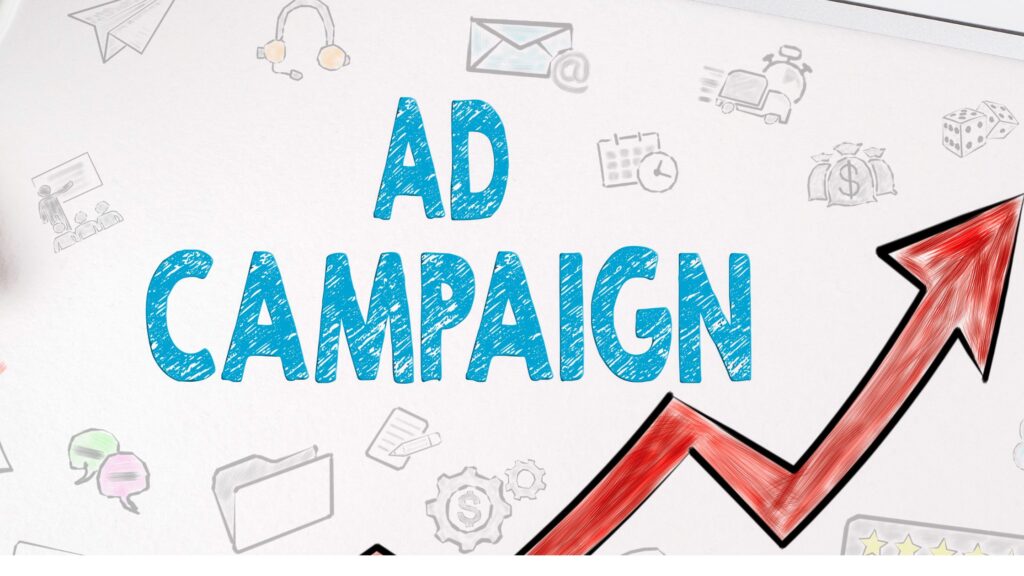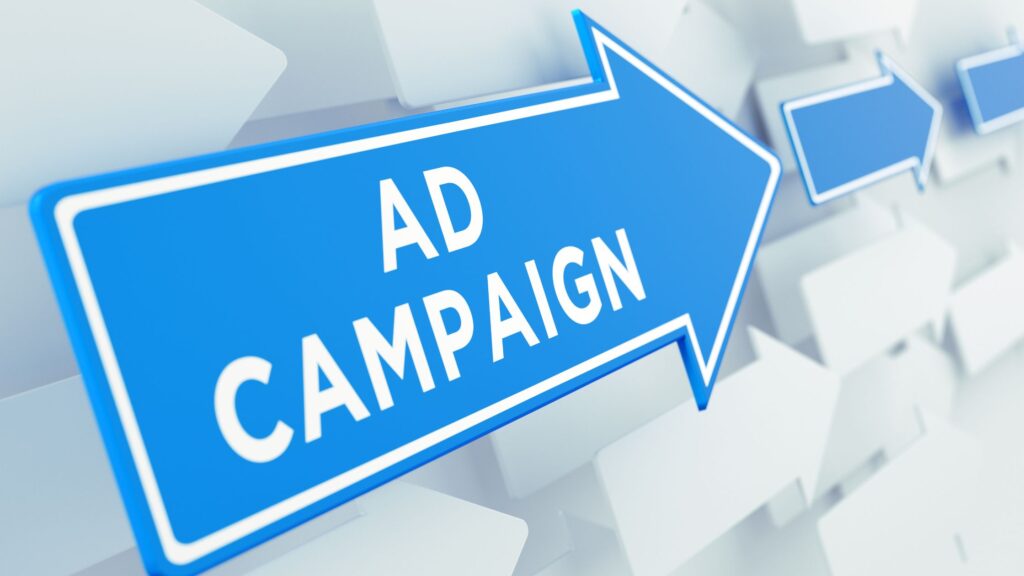Broad vs. Interest targeting? which works best in FB ads

Using Facebook Ads to their full potential has become a crucial digital marketing tactic for companies looking to increase their online visibility. Broad targeting is effective for certain businesses while interest targeting is effective for some. While Facebook Interest targeting focuses on individual behaviour, interests and demographics, broad targeting aims to reach a large group of people. It is essential to understand the slight distinctions between these two strategies to maximise ROI and optimise advertising efforts. Comparing Facebook Ads’ broad and interest-based targeting, we examine which approach is best in the ever-changing world of digital advertising. What is Broad and Interest Targeting? Advertisers can broaden their reach and enhance the exposure of their ads across a diverse range of individuals by selecting the Broad targeting option in the Facebook Ads Manager. This strategy intends to reach a significant amount of potential consumers to maximise exposure and create brand recognition. On Facebook Ads, broad targeting is carried out based on age, gender, location and sometimes wider interests. Broad targeting can provide a greater reach than more focused methods, but it may also result in less relevance and engagement. In Facebook ads, one can target individuals with ads that are specific to their interests, actions, and behaviours by using interest targeting. One can choose specific interests related to their target audience, such as hobbies, brands, activities, or topics they engage with. Facebook interest targeting enables a more targeted approach, focusing on those who are likely to be interested in the products or services. How does Broad work? Advertisers may choose broad targeting in the Facebook Ads Manager by choosing broad demographics like age, gender, location, and so on without becoming detailed. The impact of wide targeting can differ greatly based on several factors including the campaign’s primary objectives, the industry, and the type of ad content. Advertisers frequently need to regularly evaluate and optimize their campaigns to achieve better results from broad targeting. This involves making changes to targeting, ad creatives, and content to better connect with the varying groups. Advertisers may improve the effectiveness of their commercials and get better results over time by gathering information and refining their strategy. This also depends on learning at a large enough volume. To achieve that volume, a larger spending could be needed. Pros: How does Interest targeting work? Selecting specific interests, behaviours, or preferences that match the traits of the target audience is known as interest-based targeting in Facebook ads. We may target users via the Facebook Ads Manager based on persons, brands, activities, and behaviour, among other things. Because interest-based targeting enables marketers to target a more relevant and engaged audience, it may have a major effect. Marketers must carry out in-depth research to find relevant interests and behaviours. To optimize campaign performance, this may entail examining audience data, researching competitors, and experimenting with various targeting strategies. Advertisers should also continuously review and assess the outcomes of their advertising efforts, modifying their targeting specifications, among other things. Conclusion Facebook Ads are a must for improving your online presence. Broad targeting targets a large audience, whereas Interest targeting concentrates on the unique interests and behaviours of each individual. Comprehending these tactics is essential to optimise return on investment and advertising performance. Wider demographics, such as age and geography, are included in broad targeting, which has a large reach but may be less relevant. To reach a more engaged audience, interest targeting focuses on particular interests and behaviours. For improved results, advertisers should continually optimize their efforts, which might require a large spending amount.. By matching the interests and behaviours of the target audience, interest targeting provides accuracy; yet, for the best campaign results, thorough research and constant optimization are needed.
Facebook Remarketing Strategies For FB Ads : 7 Best Strategies

FB advertising is found to be effective for many businesses. Finding new potential customers is challenging but remarketing audiences who have already interacted with the business increases the chance of conversion. It is found that retargeting increases the chance of conversion by 70%. If you are running FB ads and not using FB remarketing then you might be missing out on an excellent opportunity. Why to remarket? Businesses may re-engage potential consumers who have expressed interest but may not have converted originally by using Facebook remarketing, which allows them to target individuals who have previously connected with a brand or website. This customised strategy boosts conversion rates, establishes trust, and reinforces brand awareness. Because of Facebook’s large user base and advanced targeting tools, Facebook retargeting ads on the social media platform can exactly reach relevant audiences. This increases engagement and sales while also optimizing the ad budget by concentrating on users who are more likely to convert. Businesses can stay consistently visible to their target audience by using Facebook ad retargeting. Remarketing strategies for FB ads 1. Build best custom audiences – To retarget you have to create custom audiences. Visit the audiences section of FB ads manager. Create custom audiences based on different sources and resources. How to create custom audiences? Some of the best custom audiences to be used for remarketing – 2. Layer your custom audiences – Facebook remarketing allows you to reach a larger audience, and it also provides layering choices. To ensure even more exact retargeting, consider layering with demographics and interests if your retargeting isn’t functioning. Sometimes you might retarget low-quality traffic that is not your potential audience, so here a layering role comes into play 3. Dynamic remarketing ads – Facebook dynamic remarketing ad customises adverts that target consumers according to their previous interactions with a website or app. The chance of conversion is increased by these types of ads, which dynamically feature goods or services that viewers have previously seen or expressed interest in. A recently updated product catalogue and a Business Manager account are required to execute dynamic Facebook remarketing ads. By reaching out to users who have previously expressed interest in their products, Facebook’s dynamic remarketing ads give marketers a potent way to increase sales and return on ad spend. 4. Offer discount to interact audience + gentle nudge with FOMO – offer savings or exclusive deals on the goods they expressed interest in. Use language that makes people sense a need for time and gently stimulates those who suffer from FOMO. For example, using expressions such as “Limited Time Offer” to create a sense of urgency and motivate quick action. To attract visitors’ attention and push them to return to your website, use Facebook’s remarketing and be sure to mention the discounted items in the ad creative. 5. Keep tracking on ad frequency – Ad fatigue and lower engagement can result from retargeting ads that are too repeated, which can be prevented by keeping watch on ads frequency. When audiences are exposed to the same ad too frequently, modify your targeting or creative accordingly. This maintains the efficiency of retargeting efforts. maintaining audience interest and engagement by strategically managing ad frequency is important, which will eventually maximise the effect of Facebook remarketing. 6. Align the message with the marketing funnel – The message of the ad has to align with the user’s current position in the marketing funnel. Users who have recently arrived at the website, for example, might benefit from awareness-focused messaging, while those who have abandoned checkout might need to see certain offers including ads. For a warm audience (those who have dealt with your company) Adding social proof components, such as testimonials, can boost the brand’s authenticity and encourage action. Facebook remarketing is the best way to increase conversions. 7. Test your ads (A/B testing) – Better results require testing various retargeting ad elements, including call-to-action buttons, images, ad copy, and audience targeting, to see which versions connect with viewers the most. Make several ad sets with minor changes, then examine data to determine which components result in increased interaction and conversion rates. Ad testing allows data-driven decision-making and continuously improves the effectiveness of Facebook remarketing. Conclusion – Implementing Facebook remarketing helps to reach out to potential clients who have shown interest but didn’t get converted at first. This targeted approach strengthens brand awareness, builds trust, and increases conversion rates. Building the best custom audiences, layering them with demographics and interests, using dynamic remarketing ads, offering discounts with a subtle FOMO nudge, monitoring ad frequency to prevent fatigue, making sure message alignment with the marketing funnel, and continuously testing ads through A/B testing for improved effectiveness and conversion rates are all necessary to improve Facebook remarketing strategies.
Audience control for advantage+ shopping campaign – Facebook advertising

FB allows you to create different types of campaigns based on objectives from sales, awareness, traffic, engagement, lead generation to app promotion based on your business purpose behind FB advertising. Normally in manual sales campaigns, you have manual control over everything whether it’s placement or audience targeting. To make advertising more effective and let Meta’s AI work, Meta has introduced an advantage+ shopping campaign where Meta AI and machine learning systems optimise your campaign. Advantage+ shopping campaigns are effective in generating sales through FB advertising. Meta’s Advantage+ shopping campaign focuses on broad targeting and having some control over it, audience control is important and this option is being provided by the Advantage+ shopping campaign. Let’s learn how to use audience control In the advantage+ shopping campaign, In the section of audience location Meta’s AI works and lets you just choose a country or region. But as an advertiser we want some control over location targeting. Fb ads manager has given a solution to this. All tools – Ad account settings – Ad account set up – Account controls In audience control, we are provided with the option to exclude particular locations based on country name, region, designated market areas, town/cities, postal codes and addresses. You just have to type there. To make your work more easy you’ll find one more option of adding location in bulk just below the location segment within it, You have the option to download or keep that list for later use. To control age targeting – Audience personas differ based on the business, therefore this option allows for some flexibility over age-based audience targeting. Remember From now on, all Advantage+ Shopping Campaigns will use these parameters. 2. Placement control – This has been used to remove the checkmarks from the placements where you don’t want the advertisements to show. 3. Existing customers – This is one of the helpful sections which lets the advertiser have somewhat of extra control. Use Custom Audiences to define current customers to get more insight about the audiences for your Advantage+ shopping campaigns. Just add your custom audience in this section and click on confirm to save. If you have run ads before and have enough data in pixels then custom audiences of purchase, add to cart, initiate checkout, and customer list works better and helps in generating more conversions. Final thoughts – Advantage+ shopping campaigns provide you the chance to present your goods or services to a larger audience, which promotes awareness of your brand and encourages interaction. In addition to this, audience control lets you have some control over broad targeting. To improve your campaigns even more and increase return on investment, test various ad creatives regularly. You may carefully target potential clients at every point of the purchasing process by integrating advantage and shopping campaigns, which will eventually increase sales and income for your company.
